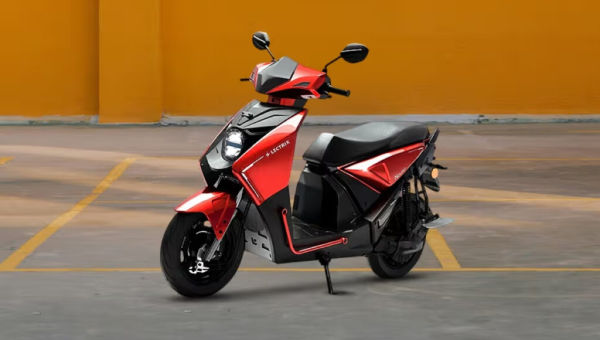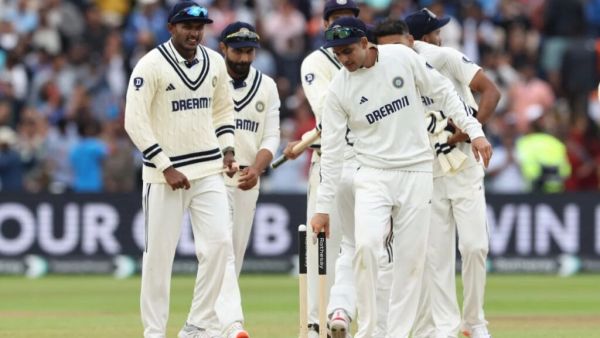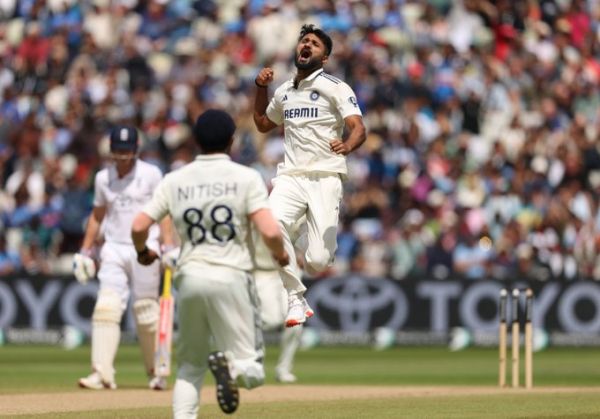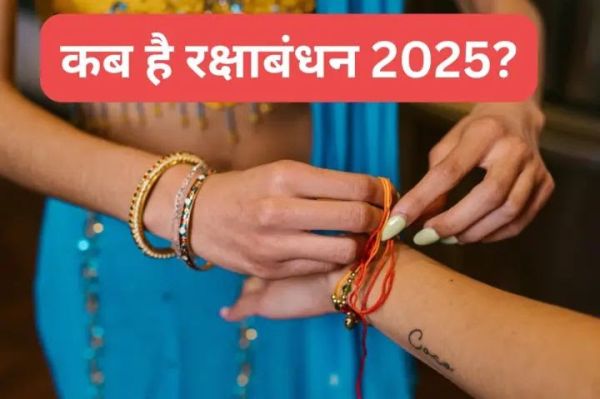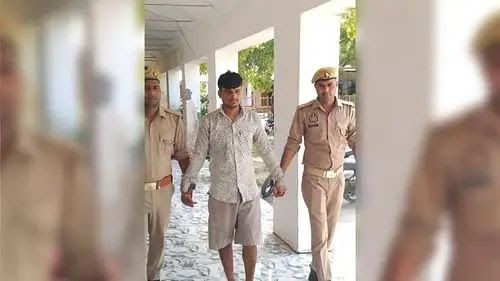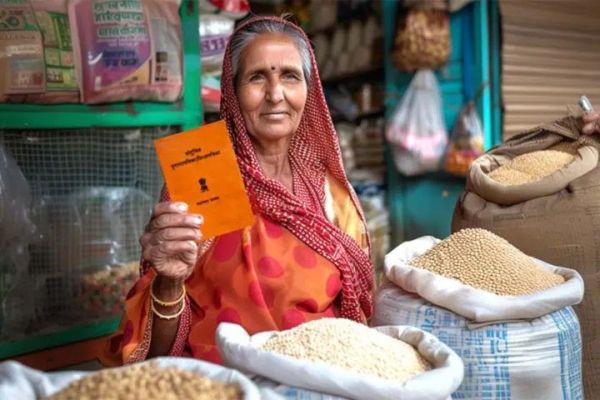Few celebrities in the glitzy realm of Indian entertainment have successfully merged television and film like Sachin Pilgaonkar. From a gifted young actor to a renowned movie and television star, Sachin has captured the hearts of audiences of all ages as a beloved actor, director, and all-around entertainer.
From Young Talent to National Award Recipient
Early on in his career, Sachin Pilgaonkar entered the entertainment sector. He enthralled viewers at the age of ten with his performance in the 1967 classic Majhli Didi, which was directed by the renowned Hrishikesh Mukherjee and starred Dharmendra and Meena Kumari.
Young Sachin was cast as Meena Kumari’s adoptive brother, and his performance was so strong that it not only won over the crowd but even apparently outperformed Dharmendra, the “He-Man of Bollywood,” who was a legitimate box office attraction at the time. As a result of his hard work, Sachin won the coveted National Film Award for Best Child Artist, which was the beginning of an illustrious career.
Remarkably, Meena Kumari was the one who advocated for Sachin’s casting. Despite the director’s initial hesitancy, Mukherjee was persuaded of the boy’s potential after only one audition. Meena treated him like her own on set, and the warmth of their relationship was evident in the film.
Two Parts, Two Effects: Sachin Pilgaonkar’s View on Sholay
Sachin was already well-known by the time Sholay arrived in 1975. Even though it starred Amitabh Bachchan, Dharmendra, and Sanjeev Kumar, Sachin’s brief but moving part in the movie had its own emotional impact. Who can forget the heartbreaking scene in which the town laments the passing of his character? Sachin’s contribution is indelible in a movie full of memorable scenes.
Amar Ujala said that actor Sachin Pilgaonkar disclosed that he had an important behind-the-scenes role in Ramesh Sippy’s classic movie Sholay in addition to playing “Ahmed.”
Sachin said on a reality program that he had previously received film editing instruction from the renowned Hrishikesh Mukherjee at the age of 16. “I used to sit behind Ramesh Sippy Sir and closely observe how he directed and edited each shot,” he said of the filming. Sippy was impressed by Sachin’s commitment and asked if he would mind helping out during action scenes. Sachin remembered, “I told him I was only 17 and unsure if I could handle such responsibility.” However, he said that he didn’t care about age. According to reports, Sachin was one of two dependable aides who helped supervise direction during Sholay’s pivotal action sequences.
Every Screen Features a Star
Sachin often showed his flexibility as he went from kid star to main actor. He always gave warm, genuine, and relatable performances, whether in ensemble smashes like Trishul (1978) and Satte Pe Satta (1982) or romantic dramas like Ankhiyon Ke Jharokhe Se (1978) and Nadiya Ke Paar (1982).
Sachin’s popularity was further expanded by his noteworthy contributions to Marathi films, which were not limited to Hindi cinema.
Acting was not the only aspect of Sachin Pilgaonkar’s accomplishment. He has been a well-known figure on Indian television and has worked behind the camera as a producer and director throughout the years. He has made his imprint in every medium he has worked with, which is evidence of his skill, versatility, and ongoing appeal.
Sachin Pilgaonkar continues to be a brilliant example of what it means to be a real entertainer, having won hearts as a 10-year-old and stood shoulder to shoulder with legends. Despite the industry’s reputation for short-lived celebrity, he has left a lasting impact.
